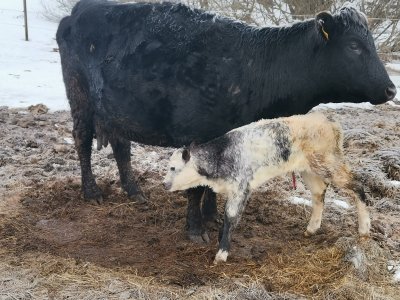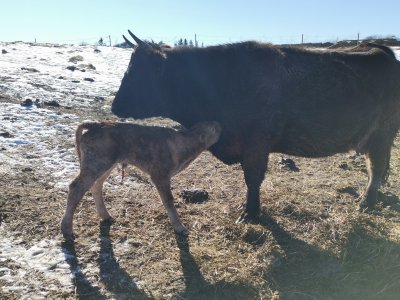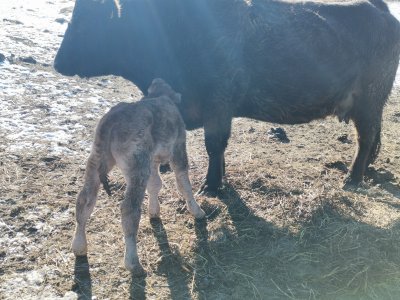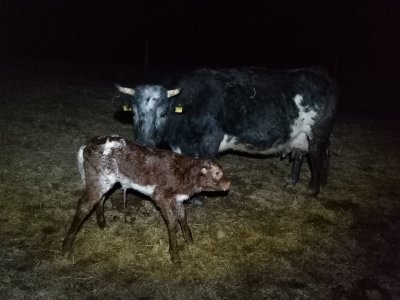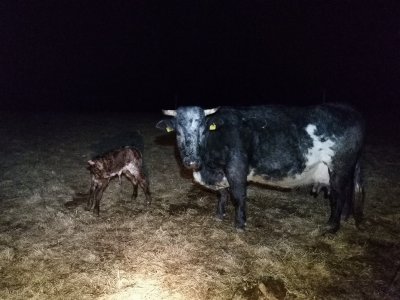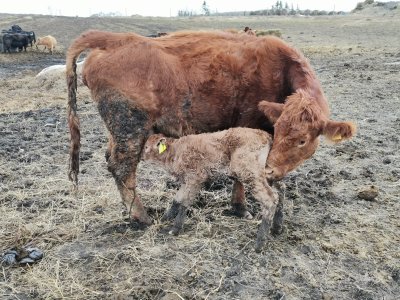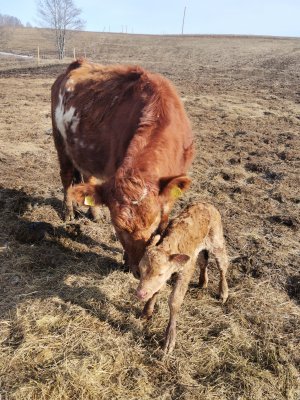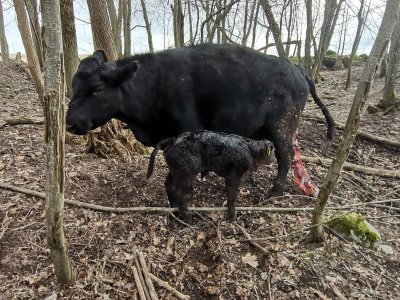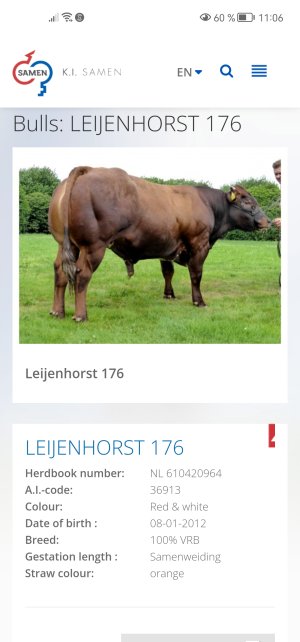Any kind of extreme brings high risks. Extreme muscles, extreme growth, etc. Breeds are constantly changing. Some are improving to the better, some are loosing their good traits. Belgian blues work really well in certain management. They sure can't be left on their own for the whole year that's for sure, but they have their own benefits on farms, where people are working around them everyday.
I'm personally not a fan of Angus. Especially, nowadays Angus. They lost their calving ease. Lets say thay there are easy calving lines, BUT in my experience and not just mine, Angus cross calves started causing more difficulty at calving than they used to. Angus reached growth rates close to Charolais, but with that they lost calving ease.
I know farms where belgian blues are calving naturally, or mostly naturally. Well, yes, it doesn't sound that appealing to other breeds where cows are calving naturally most of the time, but they bring way more muscles than any other breed and it sure increases the risk.
My own plan now is to breed some high % belgian blue females, but naturally calving. With a proper selection it is possible and I know many people working towards that. Just like any other breed belgian blues aren't for everybody. Charolais are known for harder calving, simmental can cause some trouble, limousines sometimes can bring extreme muscles, etc. No breed is perfect, every breed has it's own bad and good traits, and each breed can give something good to certain herds. It all depends from every farmers needs and local market which breed(-s) going to be the best choice for each farm.

